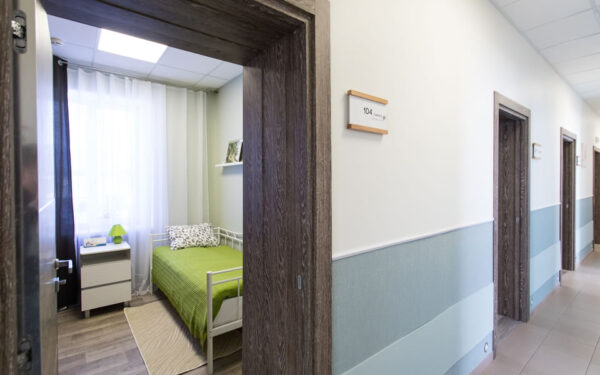Bracing for Impact: Minimum Staffing Ratios for Long-Term Care Facilities are Final
On April 22, 2024, it was announced by the Centers for Medicare & Medicaid Services (CMS) that the Minimum Staffing Standards for Long-Term Care (LTC) Facilities rule was final. This has been a major topic of conversation due to the requirements specifications, the current workforce, and increased costs.
Final rule specifications and timeline
This final rule aims to improve the quality of care and reduce the risk for the residents within LTC facilities. The staffing requirements are broken down into the following criteria:
- 24/7 RN requirement.
- Total nurse staffing standard of 3.48 hours per resident day (HPRD). The remaining 0.48 can be a combination of RNs, licensed practical nurses (LPN), licensed vocational nurses (LVN), or CNAs.
- Total registered nurse (RN) care of 0.55 HPRD.
- Total certified nurse aides (CNA) care of 2.45 HPRD. It was noted that if an LPN / LVN holds a CNA license, these workers will not count toward the 2.45 HPRD.
CMS has implemented timelines for both rural and non-rural facilities, and these requirements of the final rule will need to be met. The categorization for each LTC facility also depends on how CMS categorizes each county throughout the country as rural or non-rural. Non-rural facilities have a tighter timeframe for phases 2 and 3 by one year and two years, respectively.
| Requirements | Rural | Non-Rural |
|---|---|---|
| Phase 1 – 24/7 RN requirement | Phase 2 – 3.48 HPRD total nurse staffing requirement and 24/7 RN requirement | Phase 3 – 0.55 RN and 2.45 CNA HPRD requirements |
| Within 90 days of the final rule publication | Within three years of the final rule publication | Within five years of the final rule publication |
| Within 90 days of the final rule publication | Within two years of the final rule publication | Within three years of the final rule publication |
Current workforce shortages and increased costs
As noted within Marcum LLP’s 2024 Marcum Three Year Nursing Home Statistical Review (2020 – 2022), staffing had been an ongoing issue in this industry before the pandemic. Over the past three years (2020 – 2022), the problem has become more apparent and worsened due to staff burnout and the pandemic. Additional hours have led to burnout and nursing staff leaving the industry altogether. As the industry is facing a shortage of workers, the final rule proves to be an additional hurdle. While looking at the HPRD requirement for RNs and CNAs, 75.46% of providers did not meet the minimum staffing requirement based on LTC facility Medicare cost report data from 2022.
Revenues from 2021 to 2022 based on Medicare cost report data for LTC facilities increased by 3% nationally. This will cause an additional burden on the industry as providers face extra costs to hire staff to meet this staffing mandate. According to the American Healthcare Association (AHCA), the proposed mandate would require nursing homes to hire more than 100,000 additional nurses and nurse aides at an annual cost of $6.8 billion, based on a September analysis.
While the minimum Federal staffing ratios final rule was intended to improve the quality of care within LTC facilities, is it realistic based on the current workforce, increased costs, and reimbursement rates? It is clear that the workforce needs to be rebuilt after the COVID-19 pandemic, but this may put more strain versus positively impacting the process.









